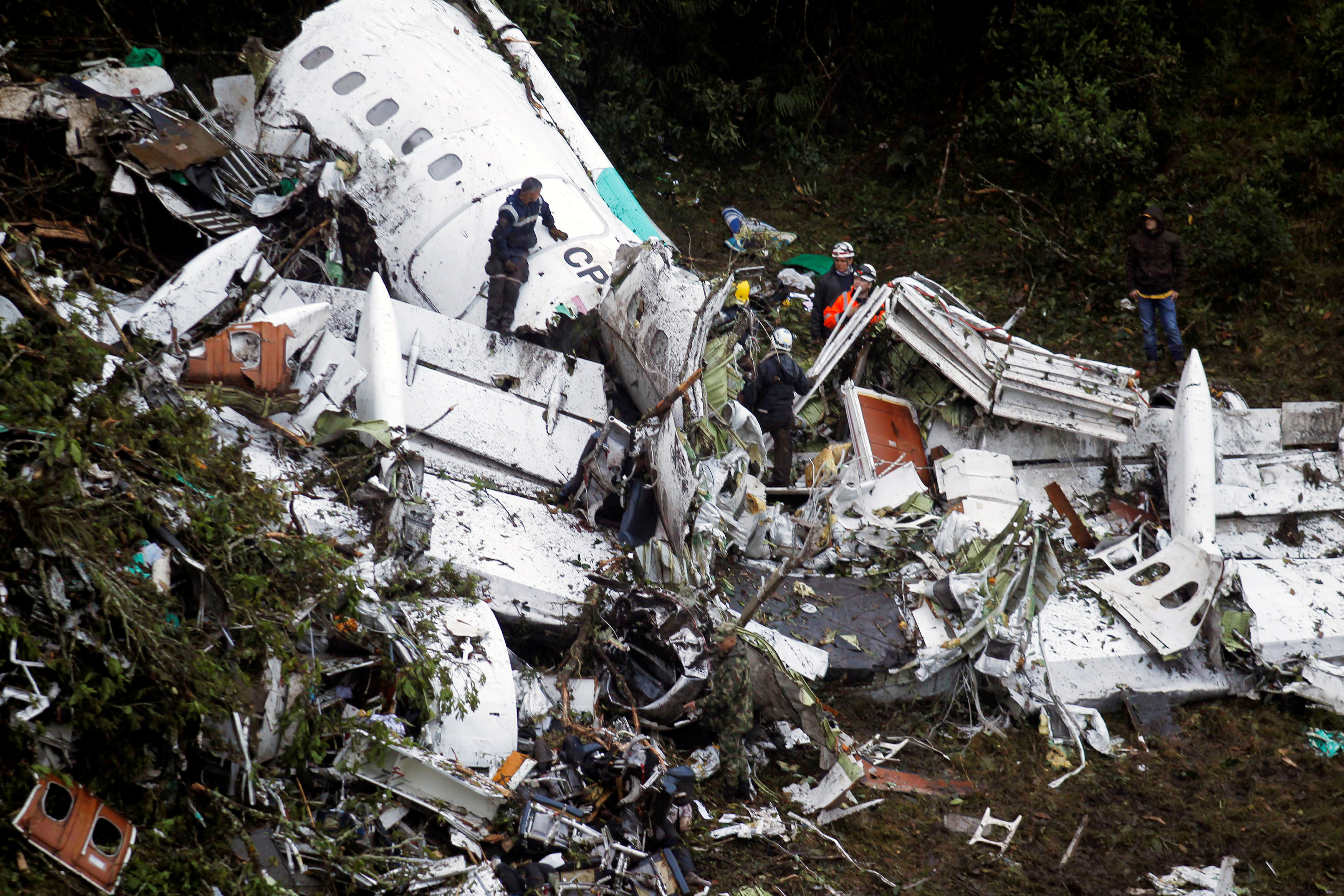
By Nelson Bocanegra and Helen Murphy
BOGOTA (Reuters) – Floral tributes were placed at the Bogota shopping center where three women were killed and nine wounded after an explosive device detonated in a restroom as Colombians flocked to buy gifts ahead of Sunday’s Father’s Day celebrations.
The normally busy Andino mall was eerily quiet as people placed flowers on the main floor of the upscale retail center, which on Saturday afternoon was the scene of chaos and terror as the device exploded inside a toilet stall on the second floor.
President Juan Manuel Santos denounced the “cowardly terrorist act” and offered a reward of 100 million pesos ($34,258) for information leading to capture of those responsible.
He said investigators are working on three hypotheses but declined to provide any information while the probe is underway. No one has claimed responsibility for the deadly act.
“The objective of terrorism is to sow fear, and our response to that is to show unity and bravery to confront it,” said Santos following a security council meeting with members of the armed forces and ministers.
“Colombians must unite and show solidarity to confront such cowardly acts.”
He asked residents to be vigilant but not let the attack cower them. Santos later visited Andino’s food court to have lunch with his son.
Police said the device was placed behind a toilet bowl. Half a dozen forensic police dressed in white overalls were at the scene on the second floor as scores of uniformed officials and intelligence personnel scanned the mall.
One of the victims was a 23-year old French woman identified as Julie Huynh who had been volunteering in a poor area of the city. Colombians Ana Maria Gutierrez, 27, and Lady Paola Jaimes Ovalle, 31, also died. A fourth woman remains in intensive care.
“It was incredible, I heard the explosion, but I never imagined that it was an attack, that it could be so horrible, I can’t sleep,” said Maria Vasquez, 56, as she looked toward the door of the restroom on Sunday.
“This is unforgivable. Children could have been hurt as they go to the toilet with their mothers,” said Pedro Alvarez, as he placed a paper flower at the information desk.
Many stores remained shut as people milled around in silence.
Photographs on social media late on Saturday showed a woman slumped against the wall in a pool of blood and what appeared to be a shard of metal piercing her back. In front of her was another woman with her leg torn apart above the knee.
Another image showed the destroyed toilet cubicle with a blood-splattered handrail and debris strewn over the floor.
Security has improved in Bogota over the past decade as police and military increased surveillance and put more armed officials on the streets. At one time all bags were checked at the entrance to shopping malls, but that has been vastly scaled back in recent years.
Bomb dogs still check cars at parking facilities in the capital.
A peace accord signed last year with the Revolutionary Armed Forces of Colombia (FARC), the country’s biggest guerrilla group, raised confidence bomb attacks might cease.
The country’s second-largest insurgent group, the National Liberation Army (ELN), in February detonated a bomb in Bogota, injuring dozens of police.
The Marxist ELN, currently negotiating a peace accord with the government, on Saturday condemned the attack against civilians.
Authorities have said there have been threats of attacks in Bogota by the so-called Gulf Clan, a group of former right-wing paramilitary fighters who traffic drugs.
(Writing by Helen Murphy; editing by Diane Craft)









